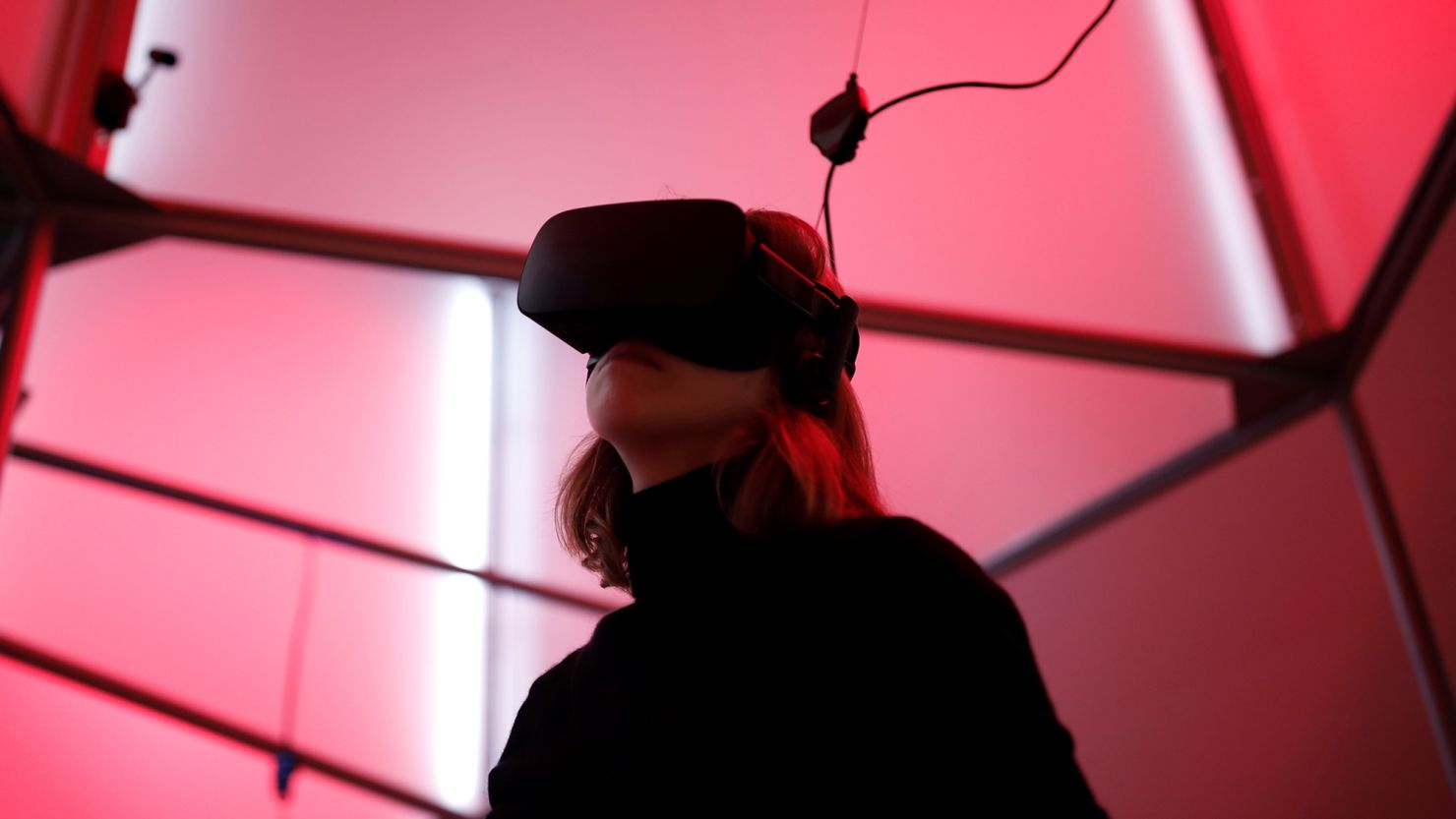Virtual Reality Poised for Breakthrough in Entertainment Market

Virtual reality (VR) is on the verge of potentially reshaping the entertainment landscape, a promise that has lingered since the introduction of the Oculus Rift over a decade ago. With significant developments in 2025, major technology and entertainment companies are signaling renewed confidence in VR’s mainstream appeal.
Recent discussions reported by The Wall Street Journal highlight that Meta is engaging with prominent entertainment entities, including Disney and A24, to create immersive content for its Quest VR headsets. Additionally, Apple announced a significant update to its Vision Pro headset in June, which will allow users to share content across devices—ideal for group movie watching in a virtual environment. This follows Apple’s launch of an immersive concert featuring Metallica earlier this year, further showcasing the company’s serious commitment to VR and augmented reality (AR) experiences.
Emerging from a decade of challenges, the VR industry is witnessing a crucial turning point. Despite the earlier setbacks, companies are investing heavily in creating cutting-edge hardware and compelling content that could attract a wider audience. The ongoing dialogue between technology and entertainment giants suggests that they believe consumers are ready to invest in experiences that extend beyond traditional screens.
Breaking the Chicken-and-Egg Paradox
The last ten years have seen significant advancements in VR technology, with headset manufacturers producing lighter and more powerful devices. Yet, the industry has grappled with a persistent paradox: while premium content is essential for mass adoption, widespread usage is necessary to attract such content. Sarah Malkin, director of entertainment content for Meta’s VR division, Reality Labs, articulated this shift, stating, “I think the ‘it moment’ is when you are regularly engaging in experiences in mixed reality that are super complementary and part of your integrated life. To me, that’s already happening.”
According to IDC, global shipments of AR and VR headsets rose by approximately 10% in 2024, reaching 7.5 million units. In the United States alone, shipments surged nearly 30.8% to 3.4 million. Although a decline is anticipated this year due to postponed product launches, IDC forecasts a remarkable rebound in 2026, predicting a 98.5% increase in worldwide shipments to 11.3 million.
Despite these optimistic projections, the financial performance of key players raises questions. Meta’s ambitious Metaverse initiative has incurred losses of approximately $46 billion over three years. In the first quarter of this year, Reality Labs reported an operating loss of $4.2 billion with just $412 million in sales, highlighting the challenges the company faces in monetizing its VR efforts.
The Future of Immersive Content
While the potential for VR in entertainment is immense, widespread acceptance of immersive storytelling remains elusive. Notable figures in the industry, such as filmmaker James Cameron and singer Sabrina Carpenter, are beginning to explore VR, but the medium has not yet achieved the critical mass necessary for success. Industry consultant Jenna Seiden emphasizes that success in VR requires a different approach to content creation. “You can’t just take the flat version of what you put on Disney+ or Netflix… You need to build natively so the audience is going to have a different experience per platform,” she noted.
Seiden also pointed out that exclusivity has been a key factor in the success of platforms like HBO Max and Apple TV+. This model could easily translate into the VR space, providing entertainment companies with a familiar strategy as they navigate this new medium. The growing popularity of live virtual sports events, which can leverage 180-degree cameras, may serve as a bridge for audiences transitioning into immersive experiences.
As traditional media continues to evolve—impacted by the rise of streaming services and changes in consumer behavior—a new distribution platform could offer a vital avenue for content creators. Jack Davis, co-founder of CryptTV, remarked on the potential for headsets to fill a gap in premium content delivery, stating, “As gigantic structural changes happen in TV and film, the industry is going to need to replace those things in the aggregate.”
Despite the challenges ahead, investment in VR technology is gradually increasing, although it still lags behind other areas such as artificial intelligence (AI) and self-driving vehicles. Data from Crunchbase shows that funding for VR reached a peak of $4.087 billion in 2021 but dropped to $347.69 million by 2025. In contrast, investments in AI have seen a surge from $39.96 billion in 2019 to $105.36 billion by 2025.
Experts within the industry maintain a cautious optimism about the future of VR. Bertrand Nepveu, a former contributor to the Vision Pro project, believes that the current technological landscape is ripe for adoption. “It’s still early, but there’s no technical limitation right now; we need people to invest because you need a critical mass,” he stated.
As this technology continues to evolve, the question remains: when will VR truly enter the mainstream? Opinions vary widely, with estimates ranging from one to ten years. Nonetheless, the consensus is clear: the future of entertainment could very well hinge on the successful integration of immersive experiences into daily life.






